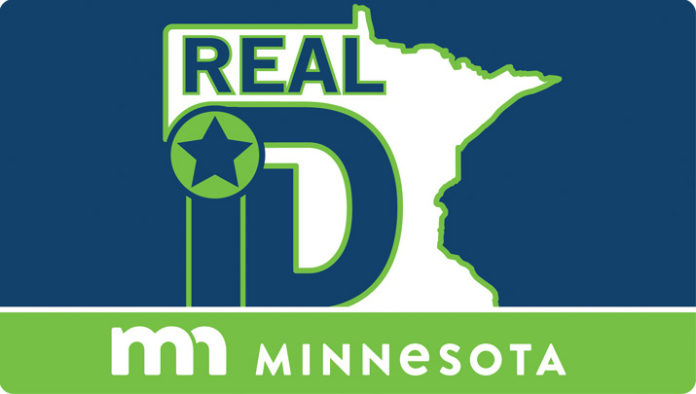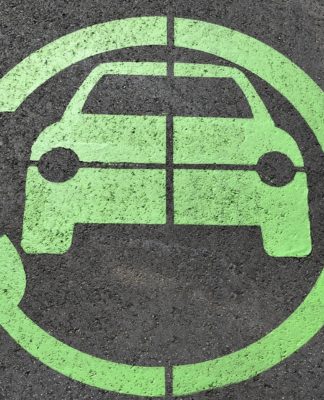
Last July, I wrote an article all about REAL ID and the road blocks that Minnesota has faced in implementing the new system. If you would like to check out that blast from the past you can do that by clicking the following title, REAL ID Is Coming to MN: What You Need to Know.
The requirements for the license itself are pretty basic:
– Full Legal Name
– Signature
– Date of Birth
– Gender
– Unique Identifying Number
– Principal residence Address
– Front-facing photograph of applicant
There is documentation required before the issuing of a license, or even an ID card, under the REAL ID Act. The required documentation is as follows:
– A photo ID, or a non-photo ID that includes full legal name and birth date
– Documentation of birth date (birth certificate)
– Documentation of legal status and Social Security number
– Documentation (two documents) showing name and principal residence address
You may be wondering what the current state of REAL ID is for all of us that live in the great state of Minnesota. Minnesotans will be able to apply for a REAL ID beginning October 1st. If you don’t jump on the bandwagon right away, however, you’ll still be safe for a while: REAL ID cards will not be required for access to Federal Buildings or to travel by domestic air until October of 2020. The time gap is the result of an extension Governor Dayton applied for with the federal government.
If you’re in a pickle about wanting to get your REAL ID, but your licensing expires after October 1st of this year, you have the option of renewing early for a small fee. Doing this will add an additional four years to your expiration date. The renewal fees look like this:
-
$2 for a renewal 17 months before expiration.
-
$4 for a renewal 18-29 months before expiration.
-
$6 for a renewal more than 29 months before expiration.
The details were broken down on a blog post from June 18th, 2018:
“Let’s say, for example, that your standard driver’s license expires in August of 2018, and you renew it at that time. Then, when REAL ID becomes available, you decide to renew it early – say, November of 2018. At that point, you would pay the $25.25 fee (the same as the cost for a standard driver’s license), plus the $6 for early renewal because it’s more than 29 months before your license next expires. Your new REAL ID would have an expiration date of August 2026.”
Now, you don’t need to get a REAL ID on your next renewal either. It is completely dependent on if you are going to be traveling domestically by airline. And, if you don’t have a REAL ID and decide to fly, you will just need to use another form of identification, like a passport or an Enhanced Drivers License, to be able to board your flight.
Note: An Enhanced Drivers License is not to be confused with a REAL ID. All the Enhanced Drivers License allows you to do is allow for re-entry into the United States between Canada, Mexico, Bermuda, or the Caribbean via land or sea.
Remember: If you don’t travel by air very often or at all that you may not need to get a REAL ID. There are other options to be able to travel and there are also options outside of getting a REAL ID. If you would like to get more information you can go to the REAL ID site from Driver and Vehicle Services by clicking here.
Read next: Jealous of vacation photos you see on social media? Look again, new study says
















